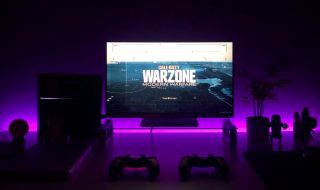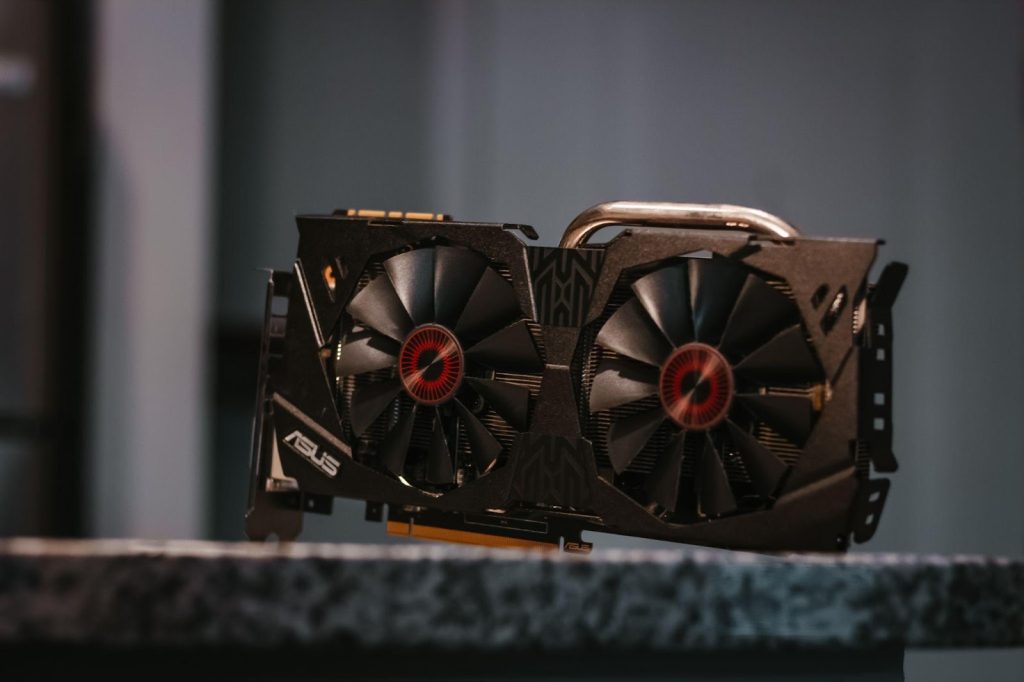
Among computer users, gamers are the group that has been hit the hardest by the soaring prices of PC hardware, especially GPUs.
Given the situation, it is reasonable for any gamer or 3D developer to properly maintain their current graphics card to last for the next few years if it isn’t too old already. But to make sure that you’re properly taking care of it, you first need to know the telltale signs that your graphics card is feeling.
While not always, sometimes knowing that something is wrong with your GPU beforehand can help you save it from an untimely or unnecessary demise. Here are the five common signs that will tell you that your graphics card is failing.
1. Blue Screen of Death
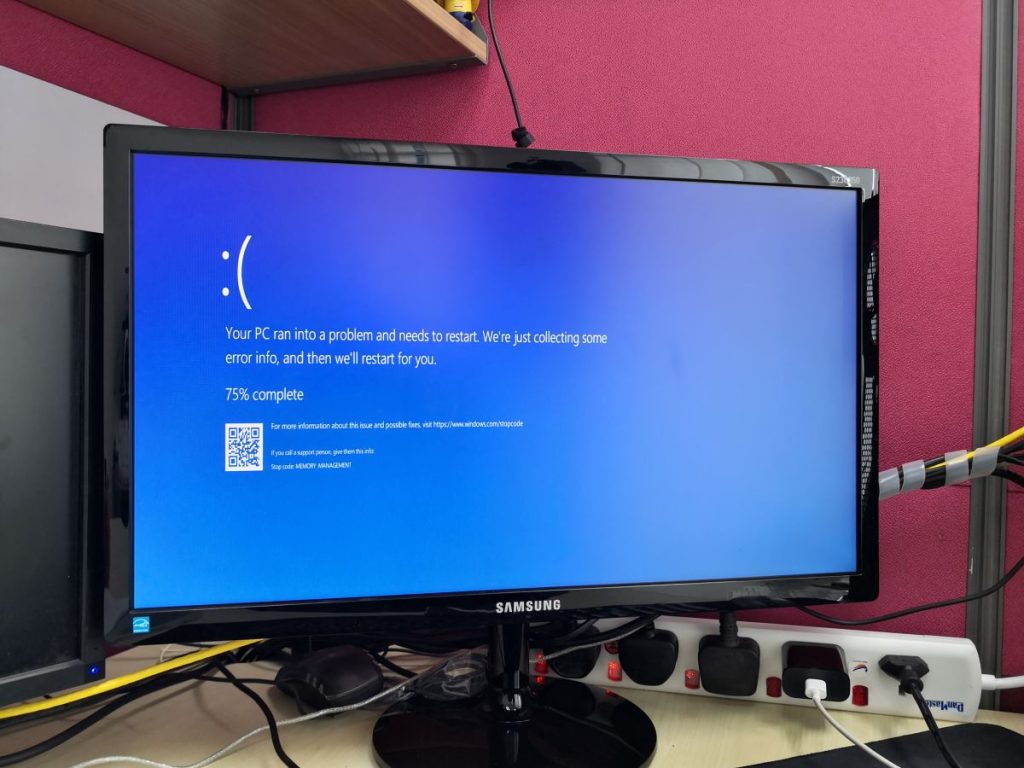
This is probably the most prominent sign of a failing graphics card, and this is something you definitely need to keep an eye out for. Most experts all agree that it is the clearest pointer to a failing system that can be linked to various hardware within the computer such as the RAM, storage drives, video card, and also a faulty graphics card.
Figuring out which component is responsible for your desktop BSOD is something most general users are not equipped to deal with. Computer repair professionals frequently handle such problems, and you can easily find one by searching for a professional computer repair service near you.
2. Freezing
If your computer freezes while in use without any warning message or sound beep, the chances are that there might be something wrong with your GPU. You should always pay attention to freezes because they’re the indicators of a possible BSOD.
Sometimes it happens due to errors in the OS executables, so first try the fixes for your OS before anything else. If your OS checks out, then the root of the cause is somewhere in your computer’s hardware.
Aside from the GPU, faulty RAM can also cause desktop freezes. The best way to ascertain which one is at fault is by calling a technician.
3. Lag or stuttering
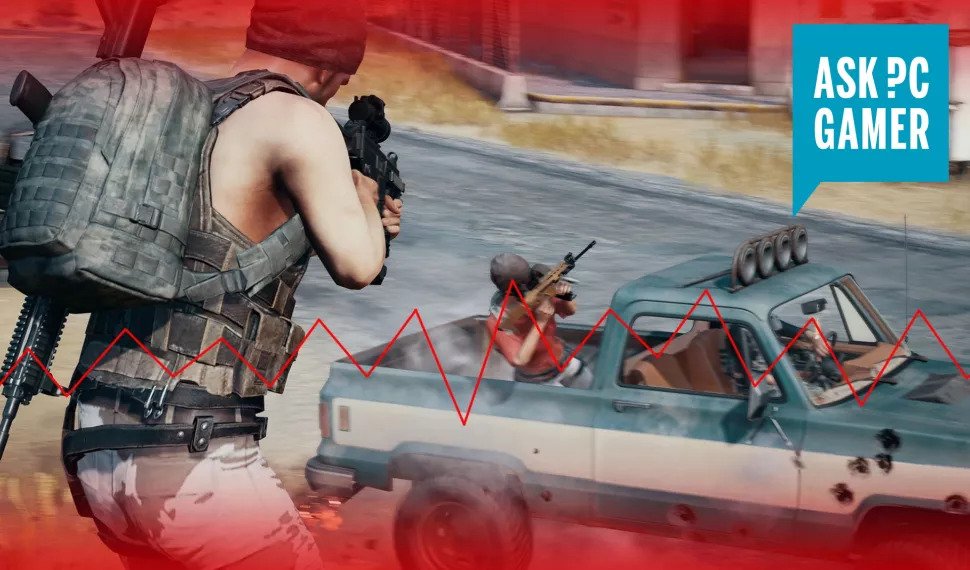
Lag or stuttering when playing games on your computer is almost a surefire indicator that your GPU fails. When it comes to PC games, a game will refuse to start if your computer doesn’t meet the minimum processor and RAM requirements.
Unless your GPU is below the recommended specs, there’s no reason for your game to lag or stutter.
Stuttering and lags can sometimes be caused by not updating the GPU app, so make sure to keep your GPU firmware updated to the latest version.
Playing games with lags and stutters is a miserable experience, especially in multiplayer games. So take care of this problem as soon as it starts popping up.
Lagging and stuttering can also be caused by a bad internet connection in the case of multiplayer games. So before pinning the blame on your GPU, first run a few offline games to see if they’re also having the same issue.
4. Strange artifacts
Similar to BSOD, ‘strange artifacts’ is a phenomenon that displays itself on your monitor in the form of dots, bizarre lines, and in extreme cases, weird out-of-place shapes and patterns that do not appear pleasing.
This usually happens when your GPU has temperature problems and is usually considered the death throes of a dying GPU.
One of the quickest ways to wreck your GPU and cause this problem is when it overclocks. So if this happens on your computer, first try underclocking your GPU and see if it works. If it doesn’t, then it’s time for you to shop for a new GPU.
5. Screen glitches
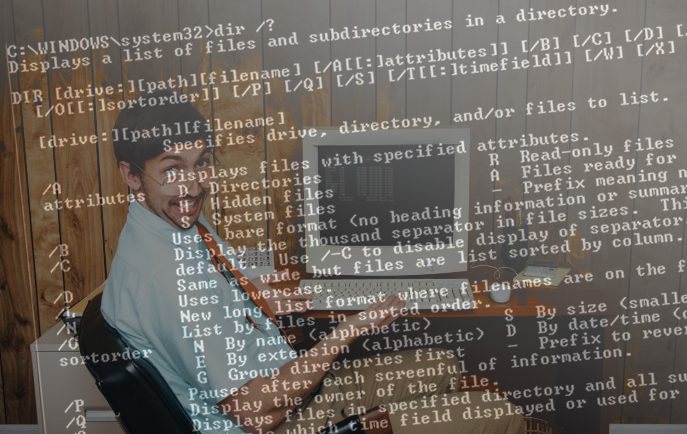
The final telltale sign that your GPU is failing is when you observe screen glitches. Screen glitches are considered the most obvious sign of a failing graphics card. This phenomenon displays itself in irregular textures, inaccurate color, distorted graphics, and weird-looking lines or shapes.
Some games have bad optimization, so it’s not uncommon to see texture pop-ins and inaccurate colors when they run. But if it’s consistently happening with every game you play, then something’s definitely up with your GPU.
Call In the Pros
Buying a graphics card in the current market can be a huge investment, so ensure that investing is the wisest choice. Any GPU-related problems are best left to technicians, so call the pros if you’re having GPU problems instead of fiddling with it yourself. That way, you’ll have the best expert opinion on the situation.


